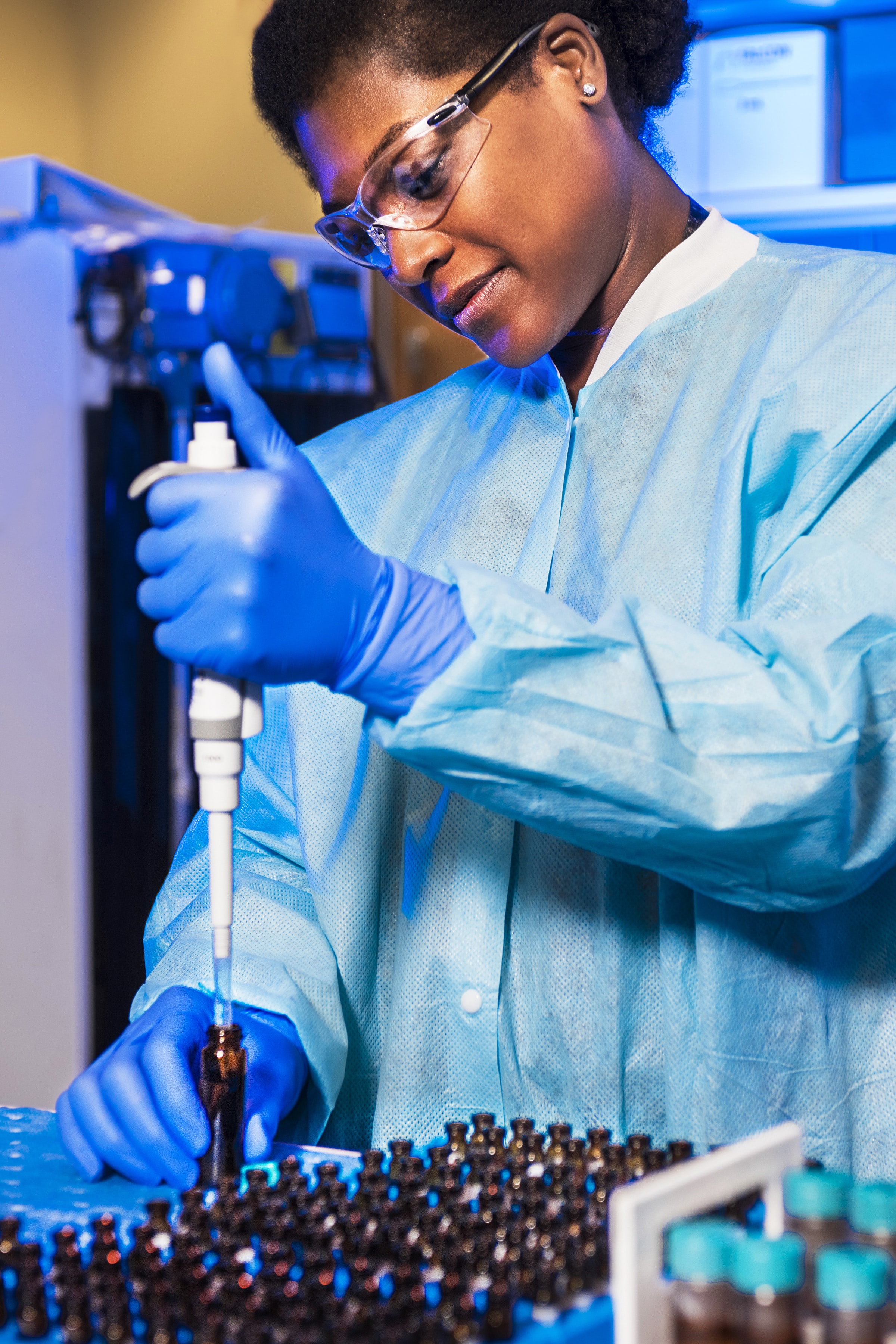 How to read a micropipettor
How to read a micropipettor
Each micropipettor has a three-digit volume indicator, but the (slightly) tricky part is that the digits mean different things depending on whether you're looking at a P20, a P200, or a P1000. Again, its not really rocket science:
• On a P20, the most you can measure is 20, so the top digit is 10's of microliters.
• On a P200, the most you can measure is 200, so the top digit is 100's of microliters.
• On a P1000, the most you can measure is 1000, so the top digit is 1000's of microliters (also known as milliliters).
This means, incidentally, that the top number on the number dial can only be set to a few digits. On a P20 or a P200, it can only be set to 0 or 1. On a P1000, you have to leave it at 0. If you "overload" the number, you won't actually cause any explosions, but you will damage the calibration of the pipette.
(Picky But Important Note: the top digit of a P20 or P200 CAN be a "2", but only if the other digits are zero. In other words, a reading of "200" is ok, but not "201". Likewise, a reading of "1000" is ok on the P1000, but "1001" is verbotten).
(Another picky note: some pipets read from left to right instead of top to bottom. If yours does, lucky you!)
What do each of the following mean:
|
|
|
|||||||||
|
|
|
|
|
|
|||||||||
|
|
|
Copyright University of Maryland, 2007
You may link to this site for educational purposes.
Please do not copy without permission
requests/questions/feedback email: mathbench@umd.edu